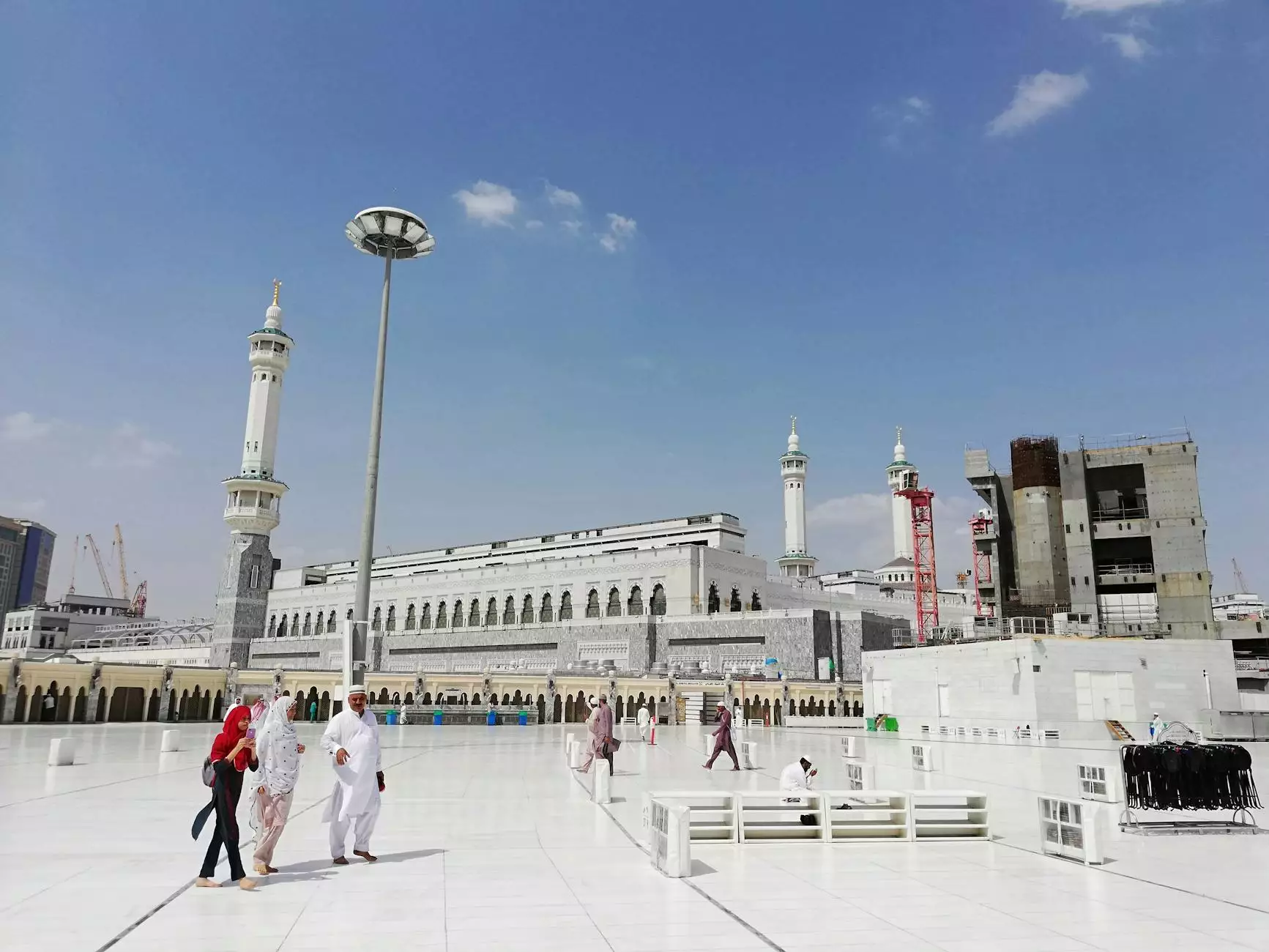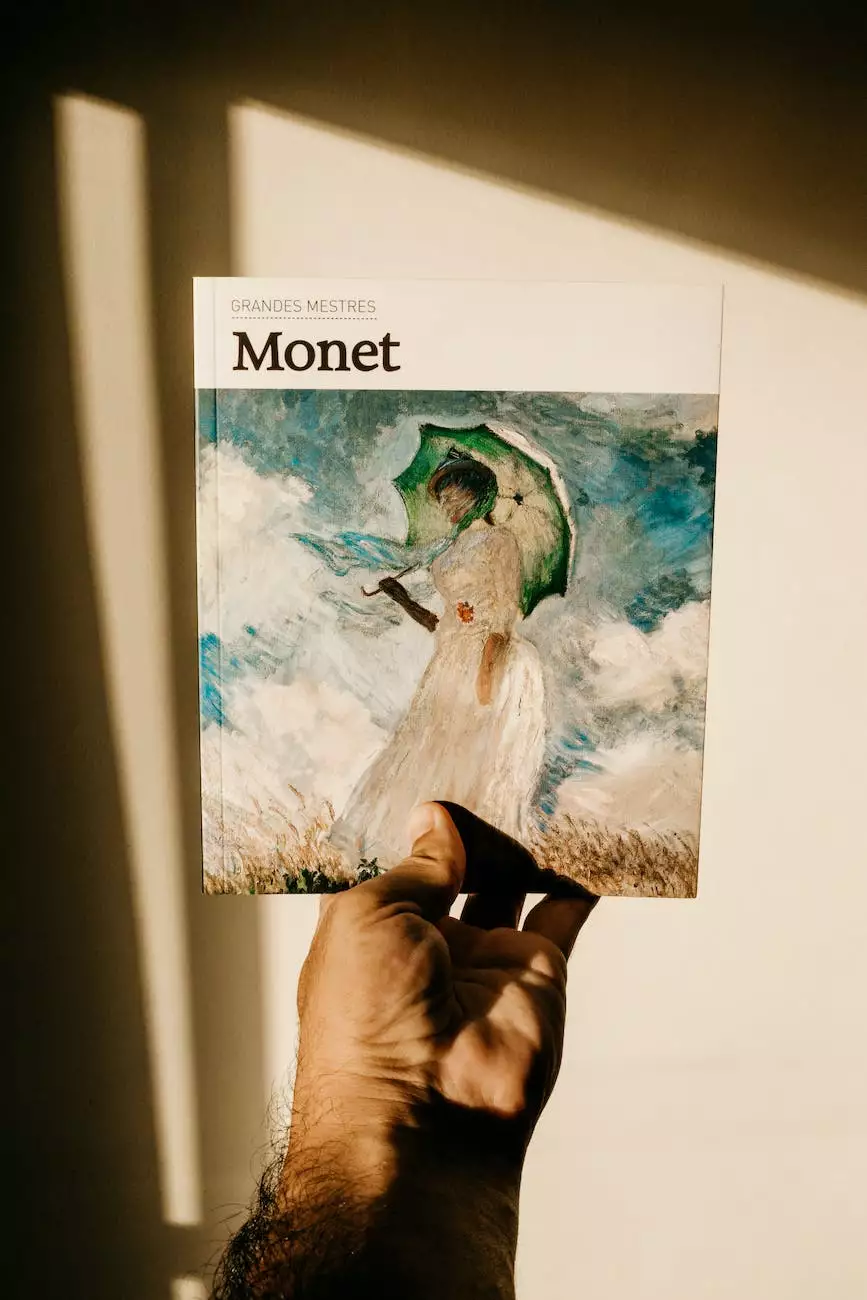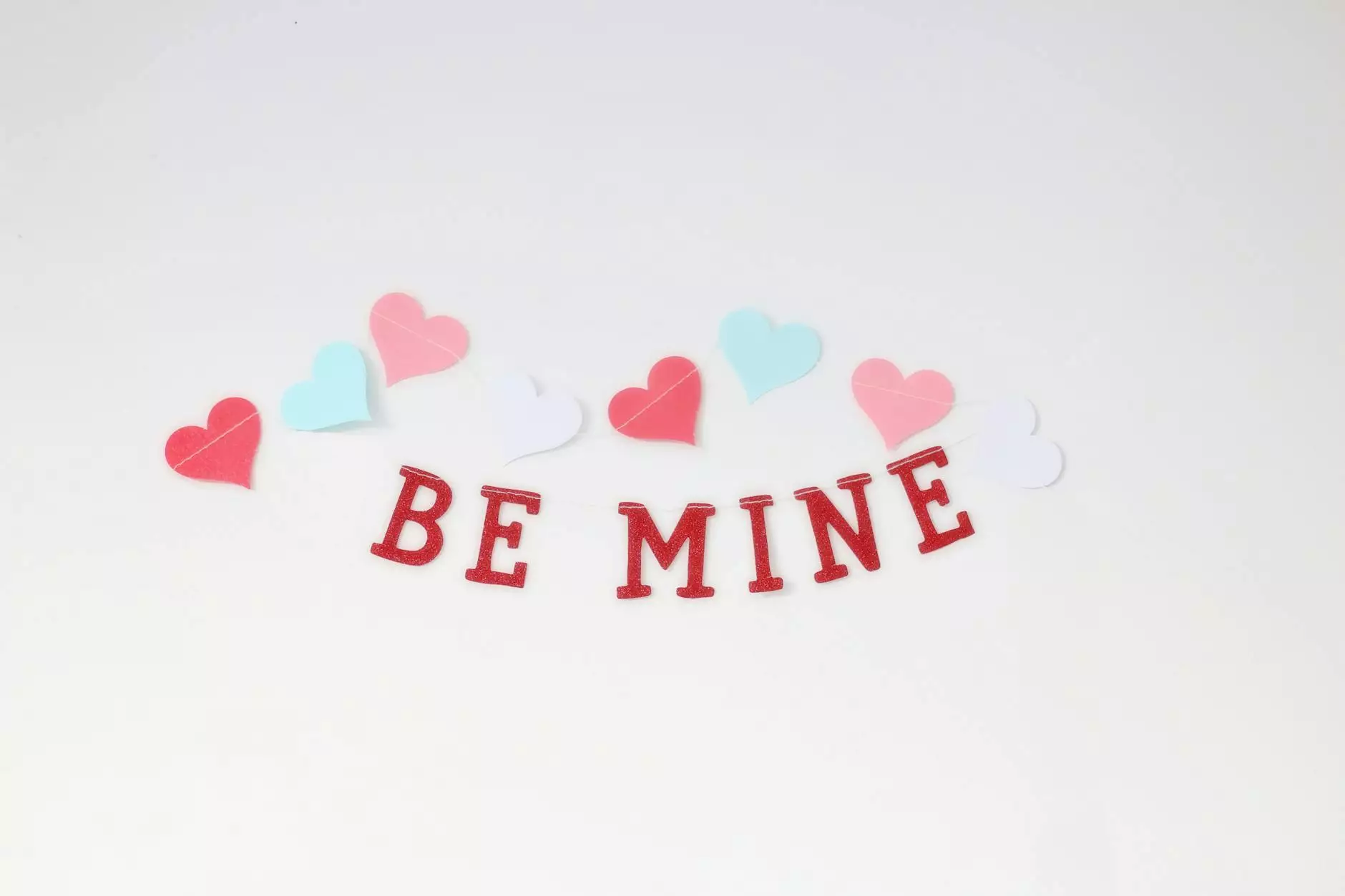War Paint: A Journey into the World of Ancient Symbols

The Significance of War Paint
War paint has been an integral part of human culture for centuries. From ancient civilizations to modern-day warriors, this form of body art holds deep symbolic meaning. The Knowledge Nest invites you to embark on a journey to explore the rich history, significance, and impact of war paint across different cultures.
Unveiling Ancient Origins
In ancient times, war paint served multiple purposes. First and foremost, it was a powerful way of distinguishing one tribe or clan from another. Each design and pattern held special meaning, representing the values and beliefs of a particular group of people.
Moreover, war paint was believed to possess spiritual and supernatural qualities. It acted as a protective shield, instilling courage and strength in warriors before battles. The intricate patterns and vibrant colors also acted as a psychological tool, intimidating adversaries and boosting morale among allies.
Symbolism Across Cultures
The symbolism behind war paint varies greatly across different cultures. In Native American traditions, for example, certain designs were passed down through generations, preserving tribal identity and connecting individuals to their ancestral roots.
In African cultures, war paint often conveyed social status, highlighting the accomplishments and bravery of warriors. The distinct patterns and colors acted as a visual language, communicating a warrior's achievements and role within the community.
Asian cultures, on the other hand, saw war paint as a way of invoking the protection of ancestral spirits. Intricate calligraphy and meaningful symbols were used to channel powers beyond the physical realm, ensuring victory and safeguarding warriors from harm.
Evolution and Modern-Day Impact
As societies evolved, the use of war paint shifted from mere battle preparations to ceremonial rites and cultural celebrations. Today, war paint is often showcased during traditional events, such as festivals, parades, and reenactments, offering spectators a glimpse into the vibrant tapestry of human history.
Furthermore, war paint has found its place in contemporary art, fashion, and entertainment industries. Renowned designers incorporate tribal motifs and patterns into their collections, paying homage to ancient traditions and connecting present-day individuals with their heritage.
The Art of War Paint
Creating war paint is an art form in itself. Different natural pigments, such as clay, charcoal, or plant extracts, are skillfully combined to achieve diverse colors and textures. The application process, often done by experienced individuals, is both precise and meditative, emphasizing the importance of every stroke.
The Impact on Identity and Unity
War paint isn't simply about embellishing the body; it goes far beyond aesthetics. For many communities, war paint represents a way of preserving cultural heritage, fostering unity, and strengthening communal bonds. It serves as a reminder of shared history and the resilience of those who came before.
By exploring the captivating world of war paint, we can gain a deeper understanding of our collective past and embrace the diversity that enriches our human experience. Join The Knowledge Nest on this awe-inspiring journey through time, as we unravel the mysteries and beauty of war paint.










